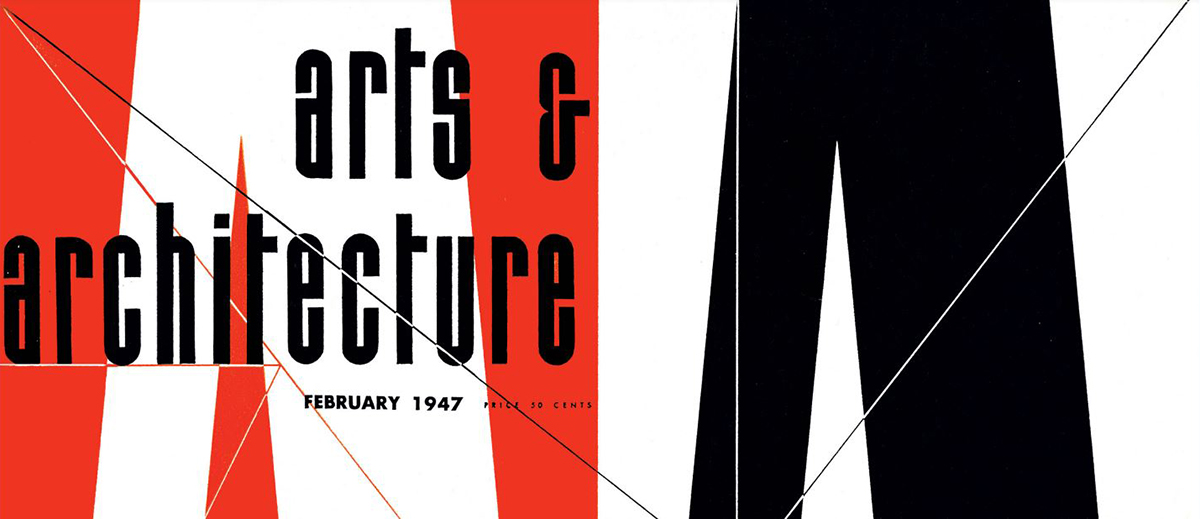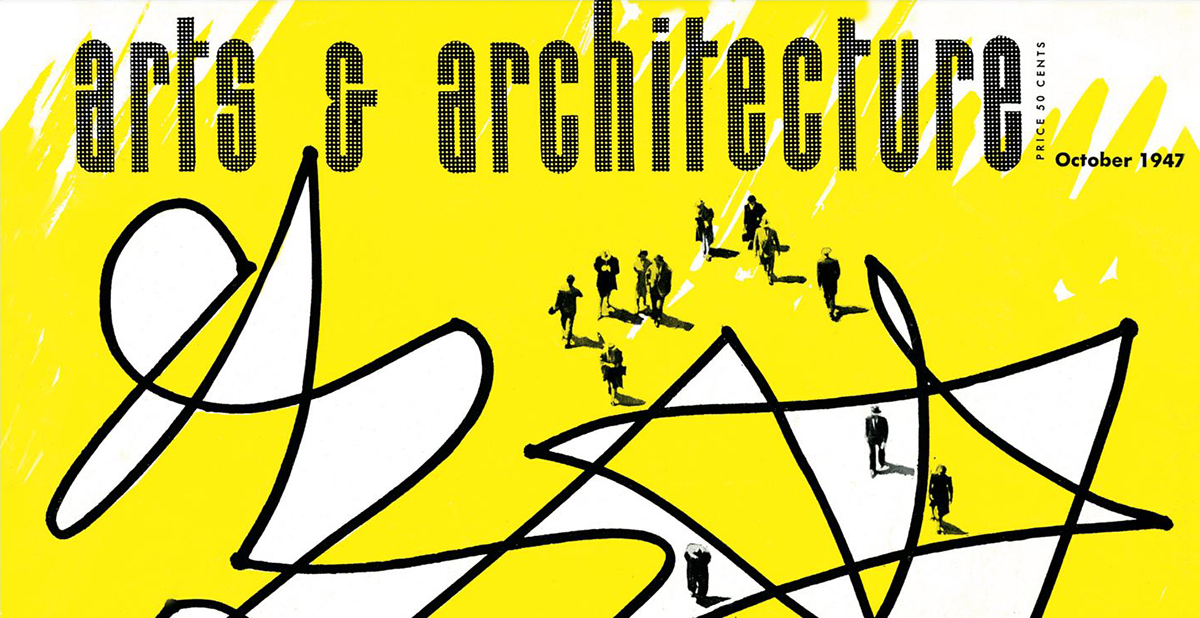Architecture meets the needs and goals of those who inhabit it. Architecture involves a great deal of artistic skill and creative energy … and it originates in a creative spark that comes from within the architect, but does that make it “art”? It is admittedly an esoteric conversation but Andrew and I are going to take discuss the never-ending topic “Is Architecture Art?”
For every person listening, you probably have an immediate response to this question, especially if you fall in the camp of “Yes, of course, it’s art … this is a stupid question” … but if you were to ask this question while you are out with a group of architects, I’m sure that a fist-fight wouldn’t break out. I am going to tell you right out of the gate that I do not believe that architecture is art – at least not in the traditional sense. However, I have an open mind, and Andrew and I are going to break this argument down and see where we land once the dust settles. We are going to review both sides of the argument and hopefully, by the end of the show, we will reach a conclusion.
[Note: If you are reading this via email, click here to access the on-site audio player]
Podcast: Embed
Subscribe: Apple Podcasts | Spotify | Android | iHeartRadio | TuneIn
How to Define Art? jump to 2:55

At the root of my position is that I think architecture is the result of an artistic process and as a result, doesn’t meet my definition of what defines art. Can architects be artists? Of course, they can … but clearly they don’t have to be since not all architects actually design buildings (that fact alone supports my position).
Do “Regular” People Think Architecture is Art? jump to 4:36
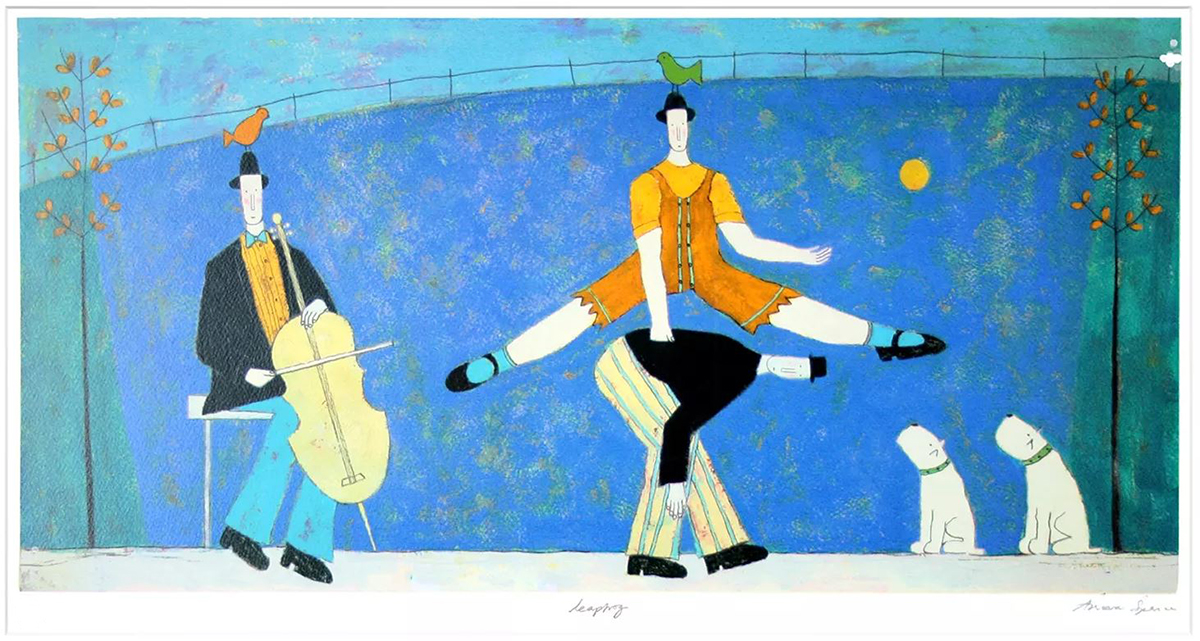
Back in August of 2010, I wrote a post titled “What is Art” with the sole intention to have a dialog about whether or not architecture is art. I asked a small group of my friends to send me their favorite piece of art as an experiment of what people intrinsically consider art. Once the dust settled, and out of 14 submissions I received, only 3 were buildings – one was St. Peter’s Basilica in Vatican City, one was the Guggenheim in Bilbao, and the third was The Blacker House in Pasadena, California by Greene & Greene.
Almost everyone who added some text to their submission spoke to how their selection made them feel – which at worst is an ethereal quality that can only be described between people and never physically shared. I’m okay with that because I think art is a personal experience and since I have matured (debatable), I am not heavily influenced in what I like by the opinions of others – only I can determine if I like something or not.
Art can truly be judged by you, the individual, as far as you yourself are concerned, by only one measure. It is not a static but an energy measure. Do not ask what the art is or ought to be, for this is debatable and will inevitably lead to endless argument. Ask only what is does – not what it does to somebody else, for this again is only hearsay, but what it does to you. No matter how good a painting may be by any and all theoretical esthetic standards, if it does not do something special to you, Mr. John Doe, then it means about as much to you as a rumor of a love affair on Mars heard in a convention of Psychologists.
Norwood MacGilvary in the article ‘Art and John Doe’, originally published in Pittsburgh Architectural Club’s ‘The Charette’ with excerpt’s reprinted in The Architectural Forum, May 1939
Authorities Having Jurisdiction jump to 26:20
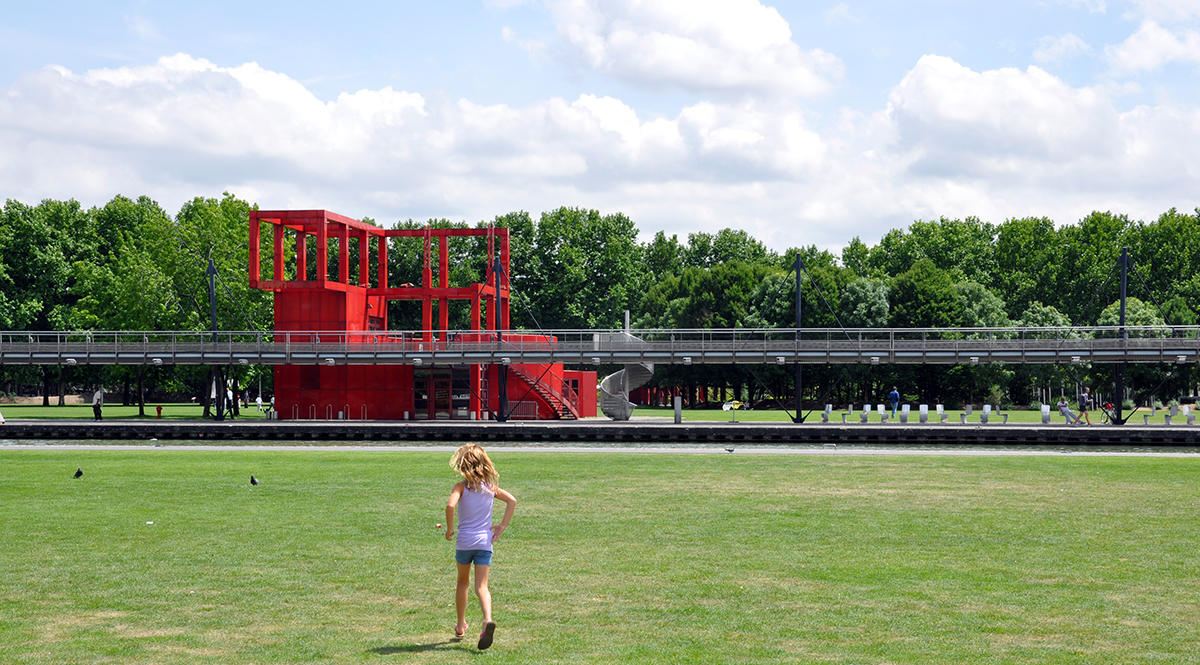
When I asked around my office for examples of architectural structures that met the definition of art, Bernard Tschumi’s Parc de la Villette was brought up. I have been trying to think of another example where the line between architecture and art was this blurred, focusing on buildings since the industrial revolution, and I haven’t had any luck so far … maybe someone else can make a suggestion in the comment section of another example.
Who doesn’t love having conversations when the root of that conversation centers around “AHJ”, a phrase that I only learned about 2 years ago once I made the move to my current office where we do a lot of buildings and have a lot of meetings with … the “AHJ”. For those of you, who are like the 2019 version of me, AHJ stands for “Authorities Having Jurisdiction” and for a part of today’s conversation, we discuss how AHJ can change the rules to accommodate art installations from the everyday drudgery that architectural structures have to comply.
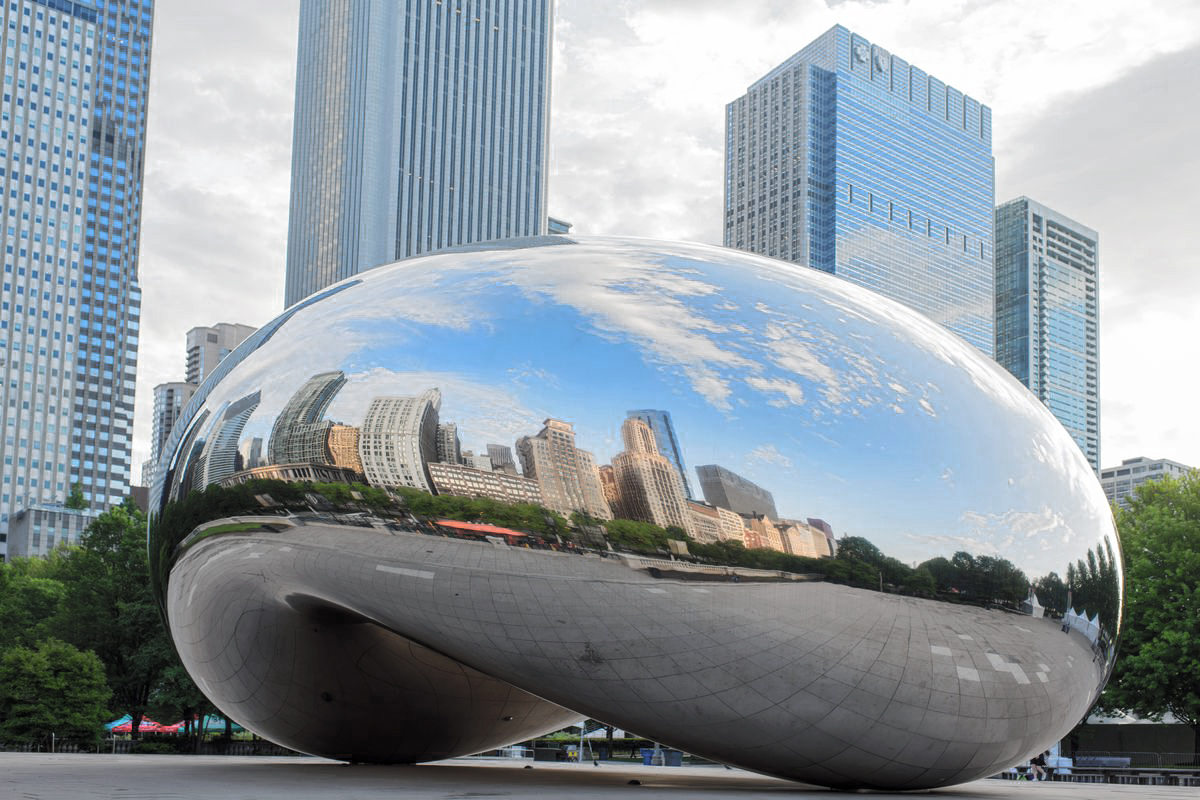
The Cloud Gate in Millennium Park Chicago by Anish Kapoor is a perfect example of an AHJ releasing some of the standards to which architectural buildings are required to comply. First and foremost is the ADA requirements for head clearance being removed from around this structure. This is an example of a permanent (dare I say?) structure that clearly stands as an art installation rather than an architectural installation.
Is Architecture Art – Arguments for “Yes” jump to 31:36
- It is a creative process … there is an output that contains individual expressions
- The process of architecture is creative. Architects envision projects and bring them into existence from their minds and imaginations.
- It involves drawings and artistic skills
- These skills are part of many artistic processes and are used to create art. This is a very clear reason that architecture is an artistic endeavor.
- It can have meaning or evoke emotions (that is what good architecture does)
- One of the aspects of good or great architecture is that it does evoke an emotional response o and produce certain feelings. Of course, this is a characteristic of art also.
- If it is speculative, imaginary, or unbuilt architecture it could be considered art.
- The work that pushes the boundaries of our ideas about architecture. Those that are never intended to be built, but are an exploration of what may be possible in the future.
- It is not a singular vision or creation of one
- What about plays, movies, music? Are those art, they are not a singular vision always? These are often considered art and are produced by a group of people and not just a singular person. Now it takes a large horde of people to create movies, plays, movies, etc. and we call that art. So why not architecture?
Is Architecture Art – Arguments for “No” jump to 42:04
- It is regulated by rules, principles, laws, etc.,
- It’s not free will. Architects do not have complete freedom to do whatever they wish on their projects.
- There are various and multiple limitations to architecture that are out of the control of the architect.
- It is created based on the NEEDS of others
- Very little if no architecture is created based on the “program” or goals of the architect
- Most architecture is “originated” by someone else’s goals /money/needs
- Its main goal is not to simply entertain or be “appreciated” by the viewer
- It has set functions beyond that idea. The simple fact that it even HAS functions is different as most art does not function beyond that of viewing and evoking a response.
- The main goal of art is to be appreciated in some way (at least by the common definitions)
Would you rather? jump to 54:52

Today’s question comes from Andrew and I instantly knew what his answer would be – at least his initial answer. The real question is whether or not I was able to convince Andrew to change his answer to mine.
Would you rather be a famous painter during your lifetime or a famous author after you have died?
This is a question that seems to have an obvious answer … because it does have an obvious answer.
Ep 080: Is Architecture Art
The Guggenheim Museum in Bilbao is about as close to sculpture as a building can be – but to me, it’s not art. While it is debated in some circles whether or not this particular building is fantastic, but there are other things in play that allow me to judge this place. There was great artistic skill needed to create a building and space such as this, but it took an army of people to execute the design – not just one person. That is another distinction that separates art from the artistic – singular vision along with the individual message from the creator. I still don’t think I’ve ever heard an artist explain their creation with “because I thought it would look good”. Of course, they thought it would look good but there’s meaning somewhere even if they never explain it to anyone – which is okay because you don’t have to know why a thing is the way it is in order to like it … but it helps. This is essentially my root position that guides my thought process when defining whether or not Architecture can be considered art.
Cheers,

Special thanks to today’s sponsor Otis Elevators – for more information on Gen3 and Gen360 elevators, please visit www.otis.com

